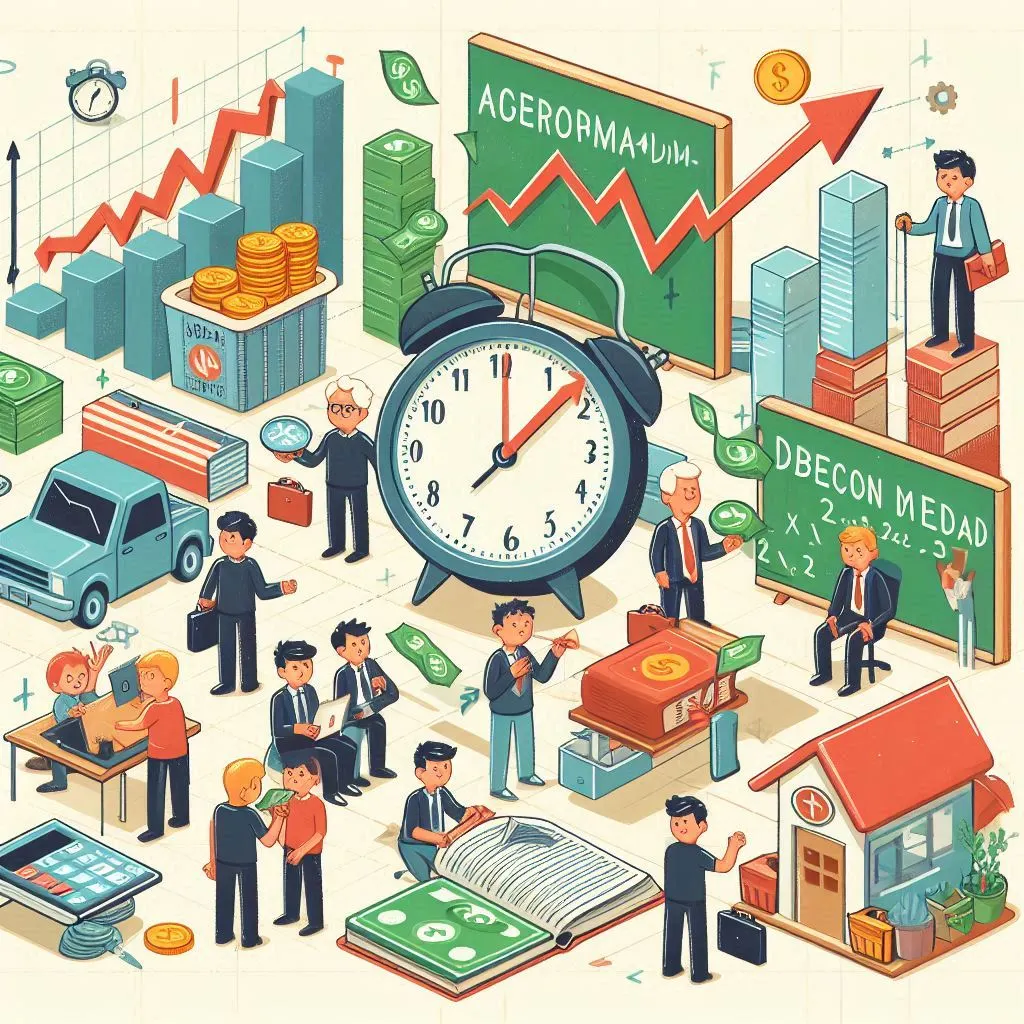- The Short-Run Impact of Decreased Aggregate Demand
- Lower Output and Employment
- Falling Price Levels
- Aggregate Demand Multipliers
- Government Purchases and Aggregate Demand
- Wage Changes and Aggregate Supply
- Labor Supply and Potential Output
- Minimum Wage and Economic Equilibrium
- Conclusion
Aggregate Demand (AD) and Aggregate Supply (AS) are crucial components in understanding economic fluctuations. When examining the effects of a decrease in aggregate demand, it is essential to consider how such a reduction impacts the economy in the short run. This blog explores the immediate consequences of decreased aggregate demand, how it interacts with aggregate supply, and its broader economic implications.
When aggregate demand decreases in the short run, the economy experiences several immediate effects. Lower aggregate demand leads to reduced production and employment as businesses cut back on output to match the decreased consumption. This reduction in output often results in higher unemployment rates and lower price levels, as companies lower prices to stimulate demand. The decline in aggregate demand can also trigger a deflationary environment, where falling prices might further dampen economic activity.
For students seeking to understand these dynamics in depth, our aggregate demand and aggregate supply assignment help offers comprehensive support. Whether you need assistance with theoretical concepts or practical applications, our expert tutors provide detailed explanations and solutions to help you grasp the intricacies of aggregate demand shifts. This specialized help ensures you can effectively analyze and interpret the impacts of decreased aggregate demand on the short-run economy, enhancing your academic performance and understanding.

The Short-Run Impact of Decreased Aggregate Demand
A decrease in aggregate demand refers to a reduction in the total quantity of goods and services demanded across the economy at a given price level. In the short run, this decline has several key effects:
Lower Output and Employment
When aggregate demand decreases, businesses experience a reduction in sales and revenue. As a result, they may cut back on production and reduce their workforce to align with the lower demand. This decrease in production leads to a reduction in real GDP, as the economy is not operating at its full potential. Higher unemployment rates often accompany this drop, as fewer workers are needed to produce the lower quantity of goods and services.
Falling Price Levels
With decreased demand for goods and services, businesses may lower their prices to attract consumers and maintain sales volumes. This decline in the price level occurs because excess supply exists relative to the lower demand. In the short run, this can lead to deflationary pressures, where the overall price level of goods and services falls.
Aggregate Demand Multipliers
The concept of the multiplier effect explains why a decrease in one component of aggregate demand, such as consumer spending or investment, can lead to a more significant reduction in overall aggregate demand. When consumers spend less, businesses experience lower revenues, which leads to reduced investment and further spending cuts. This ripple effect amplifies the initial decrease, causing a more pronounced shift in aggregate demand and deeper economic contraction.
Government Purchases and Aggregate Demand
An increase in government spending can offset a decrease in aggregate demand by injecting additional funds into the economy. This boost in aggregate demand helps to counteract the negative effects of reduced consumer and business spending. However, in the absence of such intervention, the economy may face prolonged periods of lower output and higher unemployment.
Wage Changes and Aggregate Supply
A decrease in nominal wages, which can occur as businesses adjust to lower demand, affects aggregate supply. Lower wages reduce production costs, leading to an increase in short-run aggregate supply. This shift helps to partially counteract the initial decrease in aggregate demand by allowing businesses to produce more at lower costs, but it may not fully offset the negative effects on output and employment.
Labor Supply and Potential Output
An increase in the supply of labor can influence the natural level of employment and potential output. In the long run, a higher labor supply can enhance the economy’s capacity to produce goods and services, potentially mitigating some of the short-run impacts of reduced aggregate demand. However, this adjustment takes time and does not immediately address the immediate decrease in output and price levels.
Minimum Wage and Economic Equilibrium
A sharp increase in the minimum wage can also impact aggregate demand and supply. While it may raise the income of low-wage workers, it can also lead to higher labor costs for businesses. This increase in costs can reduce short-run aggregate supply, leading to higher prices and potentially lower output. Over the long term, the economy may adjust through changes in employment patterns and production processes.
Conclusion
A decrease in aggregate demand in the short run leads to lower output, higher unemployment, and reduced-price levels. The effects are amplified by the multiplier effect, and adjustments in wages and government spending can influence the overall economic impact. Understanding these dynamics is crucial for navigating economic challenges. For students working on financial economics assignments, grasping how aggregate demand fluctuations affect the economy helps in crafting well-informed analyses and solutions. By mastering these concepts, you can solve your economics assignment and better prepare for real-world economic scenarios.
